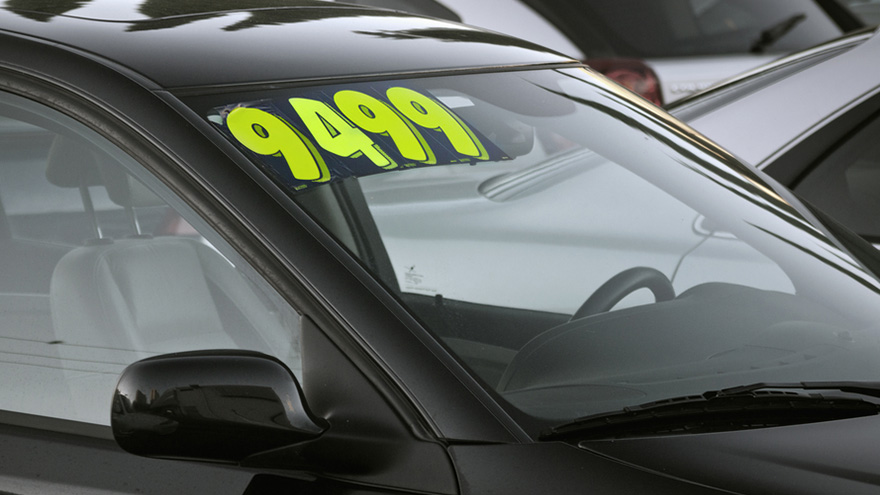Prices plateau in more stable used-car environment

The CARFAX Used Car Index made its debut a year ago, and in an analysis recapping the latest installment, the company pinpointed three retail used-car pricing trends that have stood out.
But first, here’s how the market looks at the end of April.
In a word, they’re stable, a departure from the past 12 months, CARFAX said.
“After falling down a steep pricing slope over most of the last year, the average used car prices on Carfax.com have — in most segments — flattened out, suggesting a return to “normal” after a couple of years of upheaval in the market,” CARFAX editor in chief Patrick Olsen writes in the analysis.
“We say ‘normal’ because prices are still running higher than historic levels, and the market is still being affected by fallout from the pandemic,” Olsen said.
Tom Kontos, the chief economist at ADESA, has noticed a similar flattening in wholesale used-car prices.
After climbing 2% from February, average wholesale prices went from $14,603 in March to $14,530 the week ending April 14, according to the latest Kontos Kommentary report.
“The 2024 tax season still had some ‘spring’ in its step (please pardon the pun), as exhibited by wholesale price rises and solid retail sales in March,” Kontos wrote in the analysis. “But that bounce may be waning in April, as wholesale prices plateaued and dealers became more selective when restocking their inventories.”
As for those three takeaways from CARFAX, the first is that the segment showing the most decline year-over-year is the hybrid/electric vehicle, where prices are down 7.9%.
“As gas prices go up during the summer months, this could be the right time to invest. That is, if these vehicles meet your needs – they’re not for everyone,” Olsen writes.
While his advice was geared toward consumers, the same sentiment could be applied to dealers. In the first half of April, for example, wholesale prices on EVs were down 18.3% year-over-year, according to the latest mid-month reading of Cox Automotive’s Manheim Used Vehicle Value Index.
The second takeaway from the CARFAX analysis was that there have been solid declines in both SUV prices (down 7.1% year-over-year) and luxury SUV prices (down 7.3%).
CARFAX also recommended consumers acting sooner than later on these vehicles, as “prices are starting to edge up.”
Lastly, the steadiest segment has been the non-luxury car, which would include sedans, coupes and wagons. Prices have fallen 1.7% year-over-year.
“Of course, this has always been the bargain segment, so there’s not much room for these prices to fall,” Olsen said. “Add to that the ongoing love affair with pickup trucks and SUVs, and cars remain a good value for commuters or folks who don’t need tons of cargo space.”
Speaking of pickups, those were marginally steady, declining 3.7% year-over-year. Luxury cars were down 6.1% and van prices dropped 6.0%, according to CARFAX.


